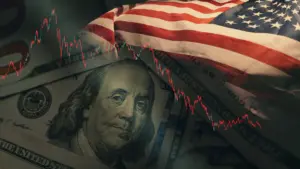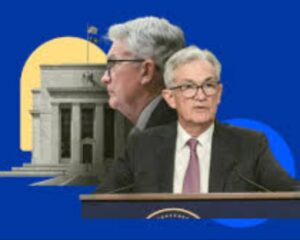The World Bank has revised its outlook for the global economy in 2025, lowering its growth forecast from 2.7% to 2.3%. This revised figure marks the slowest pace of global growth since the 2008 financial crisis, excluding years of outright economic recession. One of the main reasons behind this downgrade is the growing uncertainty surrounding international trade, especially due to the rise in tariffs among major economies.
According to the World Bank, long-standing global cooperation on trade has been disrupted. Policies that once helped reduce poverty and promote global economic expansion are now being challenged by new waves of protectionism. In recent months, the United States has introduced a series of steep tariffs, prompting retaliatory measures from its trading partners. These actions have triggered a series of negotiations and countermeasures that continue to create economic instability.
The U.S. economy is expected to grow by just 1.4% in 2025, which is nearly one percentage point lower than earlier estimates. Similarly, the Eurozone is forecasted to see minimal growth of 0.7%. The ongoing trade disputes, especially those involving the U.S., China, and the European Union, are major contributors to this slowdown.
Despite these challenges, the World Bank suggests there could be a path forward. If countries were able to reduce tariffs by half compared to their current levels as of May 2025, global growth could potentially improve by an average of 0.2 percentage points over 2025 and 2026. There have already been some signs of progress — the U.S. and China are holding talks in London, while discussions between the U.S. and the European Union continue ahead of key tariff deadlines.
The World Bank's revised forecast follows similar updates from other global institutions, which have also expressed concern about how trade conflicts are hurting confidence and slowing economic activity. Until significant agreements are reached, global growth is expected to remain subdued.





